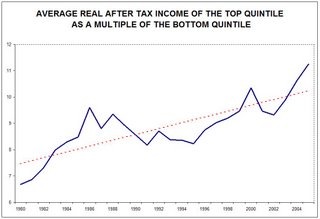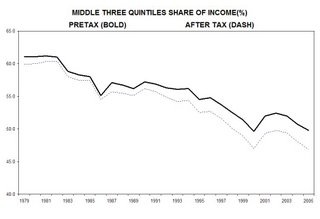Bob Herbert in the NY Times:
Our Schools Must Do Better
The latest federal test results showed some improvement in public school math and reading scores, but there is no reason to celebrate these minuscule gains. We need so much more. A four-year college degree is now all but mandatory for building and sustaining a middle-class standard of living in the U.S.
Over the next 20 or 30 years, when today’s children are raising children of their own in an ever more technologically advanced and globalized society, the educational requirements will only grow more rigorous and unforgiving.
A one- or two-point gain in fourth grade test scores here or there is not meaningful in the face of that overarching 21st-century challenge.
What’s needed is a wholesale transformation of the public school system….
“We’re not good at thinking about magnitudes,” said Thomas Kane, a professor of education and economics at the Harvard Graduate School of Education. “We’ve got a bunch of little things that we think are moving in the right direction, but we haven’t stepped back and thought, ‘O.K., how big an improvement are we really talking about?’ ” Professor Kane and I were discussing what he believes are the two areas that have the greatest potential for radically improving the way children are taught in the U.S. Both are being neglected by the education establishment.
The first is teacher quality, a topic that gets talked about incessantly. It has been known for decades that some teachers have huge positive effects on student achievement, and that others do poorly. The positive effect of the highest performing teachers on underachieving students is startling.
What is counterintuitive, but well documented, is that paper qualifications, such as teacher certification, have very little to do with whatever it is that makes good teachers effective.
“Regrettably,” said Professor Kane, who has studied this issue extensively, “we’ve never taken that research fact seriously in our teacher policy. We’ve done just the opposite.”
The second area to be mined for potentially transformative effects is the wide and varied field of alternative school models. We should be rigorously studying those schools that appear to be having the biggest positive effects on student achievement. Are the effects real? If so, what accounts for them?
Adjusting for demographics, our local school district (Cabrillo Unified, on the California coast south of San Francisco) ranks just about average among California schools. California ranks close to last nationwide, so that’s no cause for celebration. And the US overall ranks well down the list of developed countries.
The Knowledge Is Power Program (KIPP), to cite one example, is a charter school network that has consistently gotten extraordinary academic results from low-income students. It has worked in cities big and small, and in rural areas. Like other successful models, it has adopted a longer school day and places great demands on its teachers and students.
I know nothing about KIPP, but taking Herbert at face value, we shouldn’t be distracted by the “charter school” label. We know by now that charters do just about as well, or as badly, as our regular public schools. We should be verifying that models like this really work, and try to apply those models to more schools.
Said Professor Kane: “These alternative models that involve the longer school day and a much more dramatic intervention for kids are promising. If that’s what it takes, then we need to know that, and sooner rather than later.”



